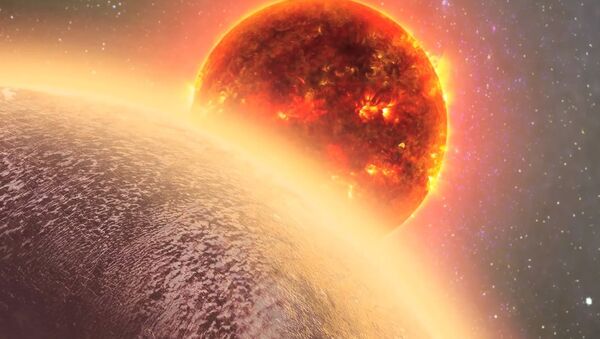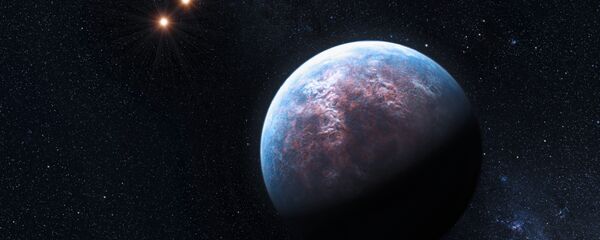NASA says it has lost contact with a miniature satellite tasked with finding exoplanets, i.e. planets outside of our Solar System. The Jet Propulsion Laboratory of the space agency said that it last heard from the Arcsecond Space Telescope Enabling Research in Astrophysics (ASTERIA) on 5 December and then lost contact with it.
Launched in 2017, ASTERIA hunted for exoplanets using a transit method technique - analysing a star's brightness, specifically dips in the light of celestial objects. These dips would indicate that a planet is passing between the ASTERIA and a star.
According to NASA’s statement, the project also made observations of our planet, different spacecraft, and a comet.
CubeSat is category of satellites created to see how many technologies are needed for finding and studying planets as well as exoplanets, and it can be made to fit on smaller satellites. ASTERIA was smaller than an ordinary suitcase.
NASA said it would attempt to establish contact with the satellite until March. Even if scientists fail to regain contact with the satellite, they will still be able to conduct experiments using the mission testbed, a replica of ASTERIA’s internal hardware.


